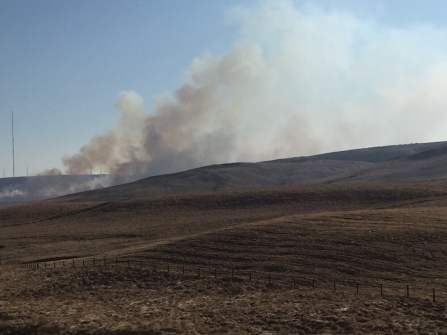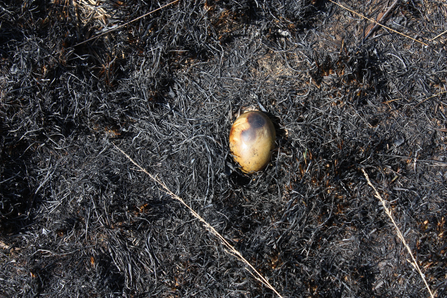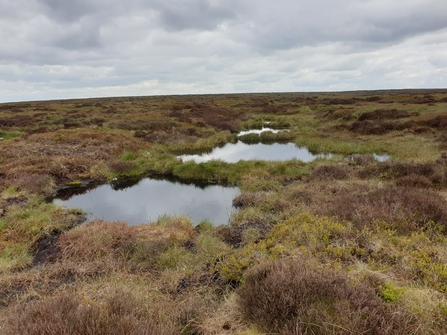The wildfire that devastated Winter Hill in Lancashire in 2018, burned for three weeks, over 7 square miles, and is estimated to have released 95,000 tonnes of CO2 – equivalent to the annual emissions of 21,000 cars.
Whilst wildfires can occur in several habitats, the most frequent and damaging are on peatlands. In our region sadly we experience wildfires on both upland and lowland peatlands, but probably the most recognisable are those that blight our blanket bog covered upland moors.




